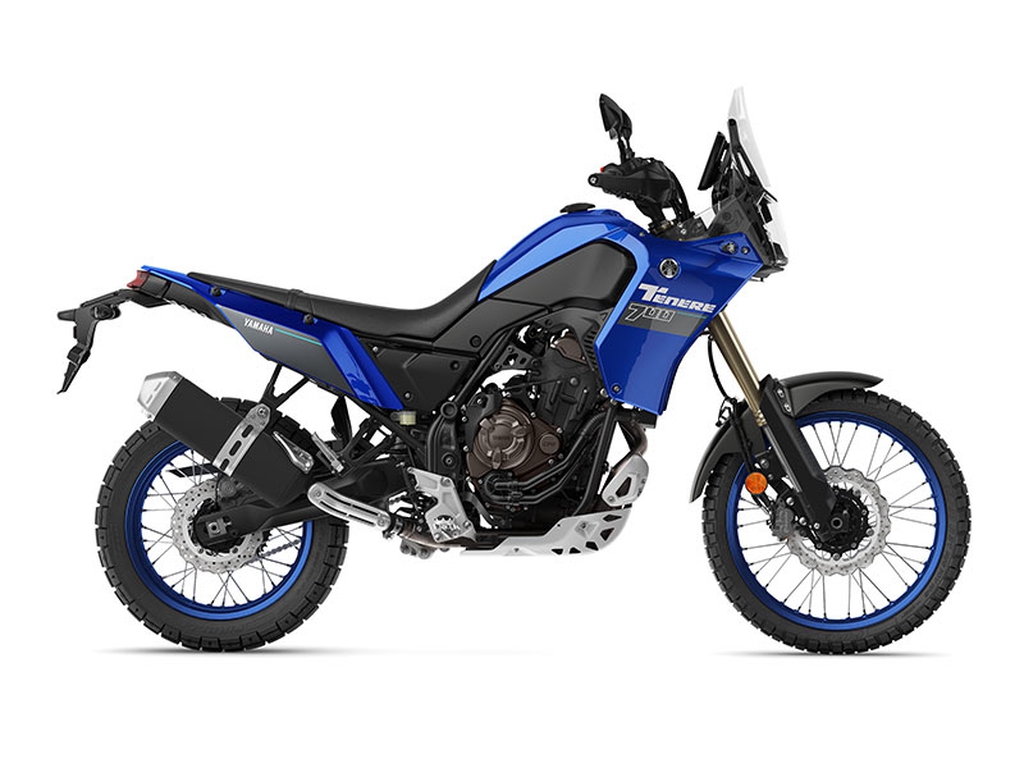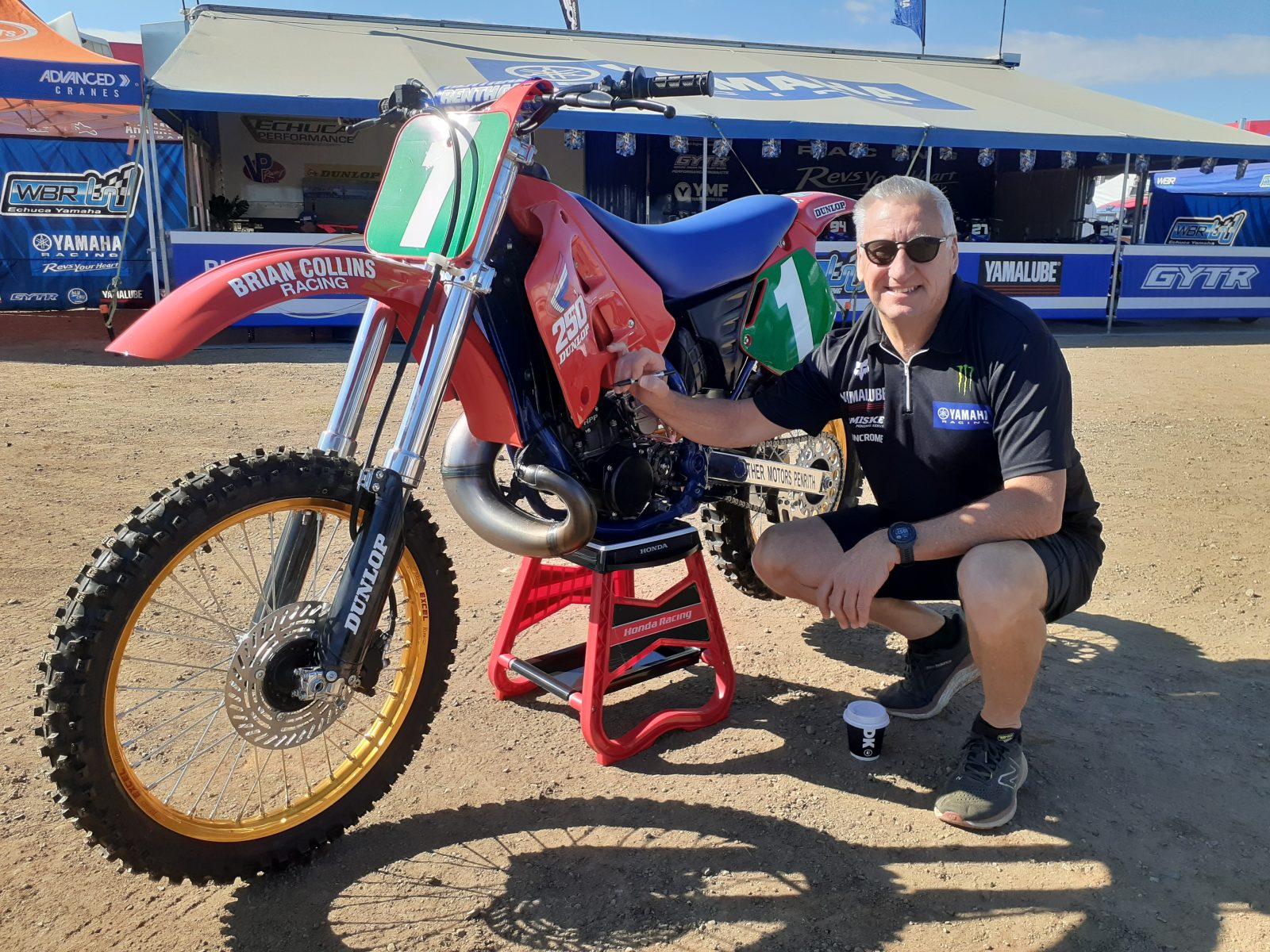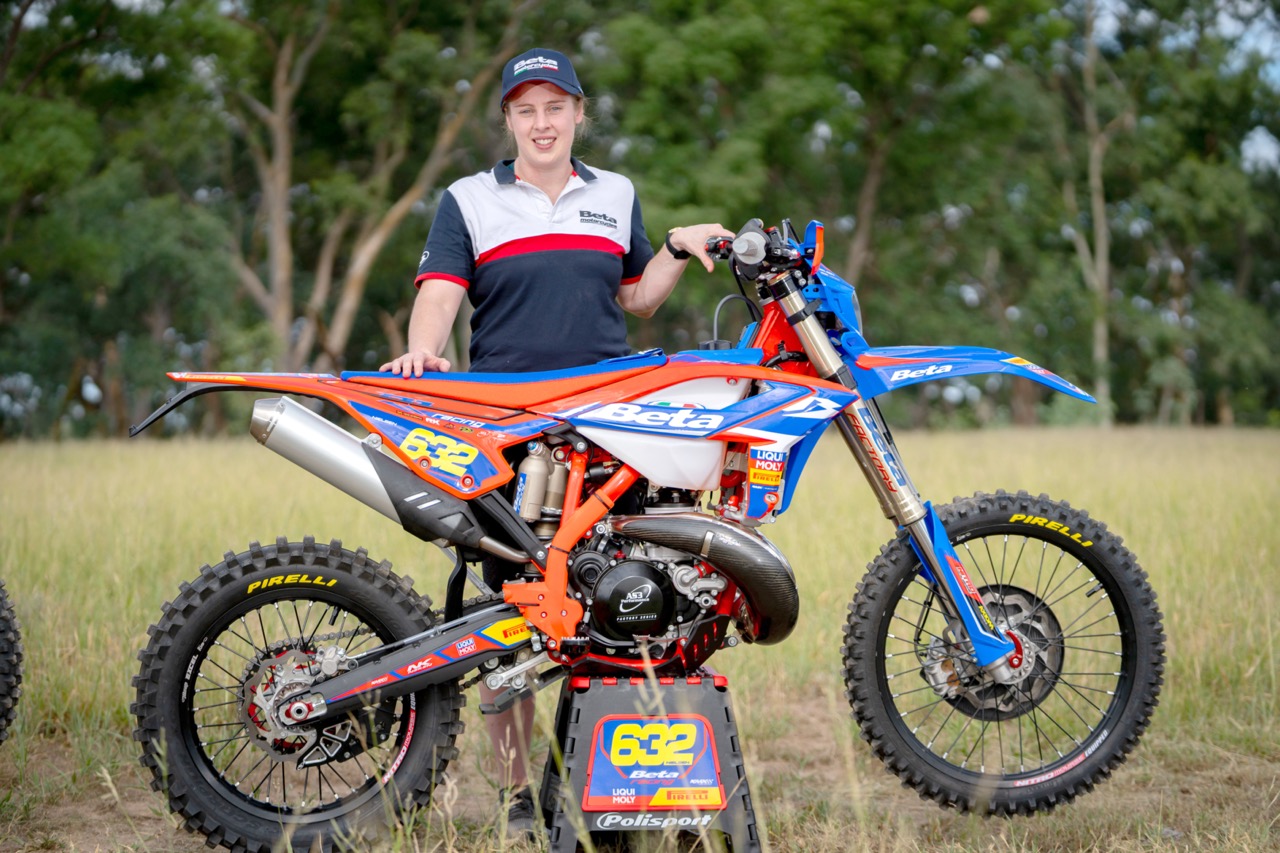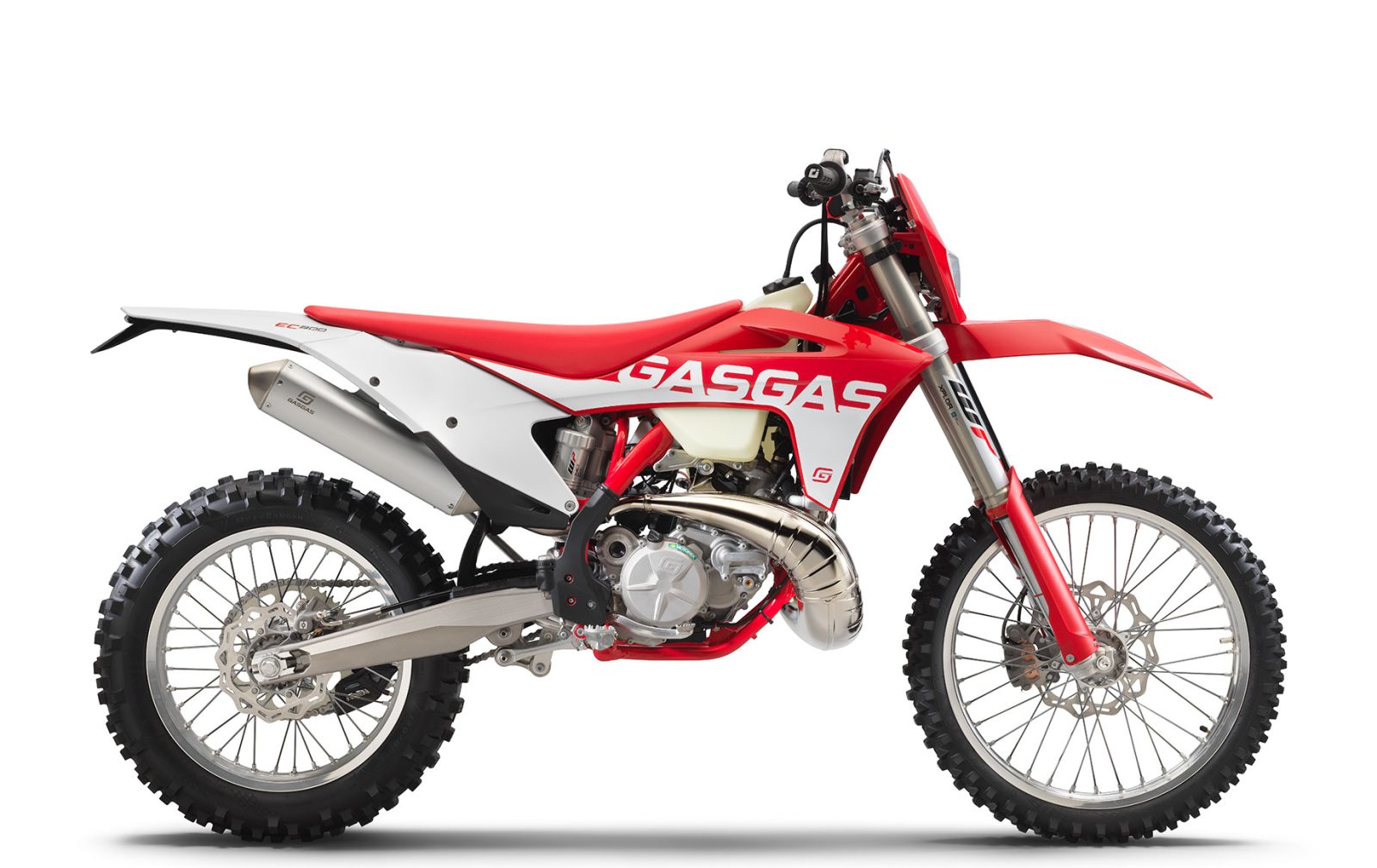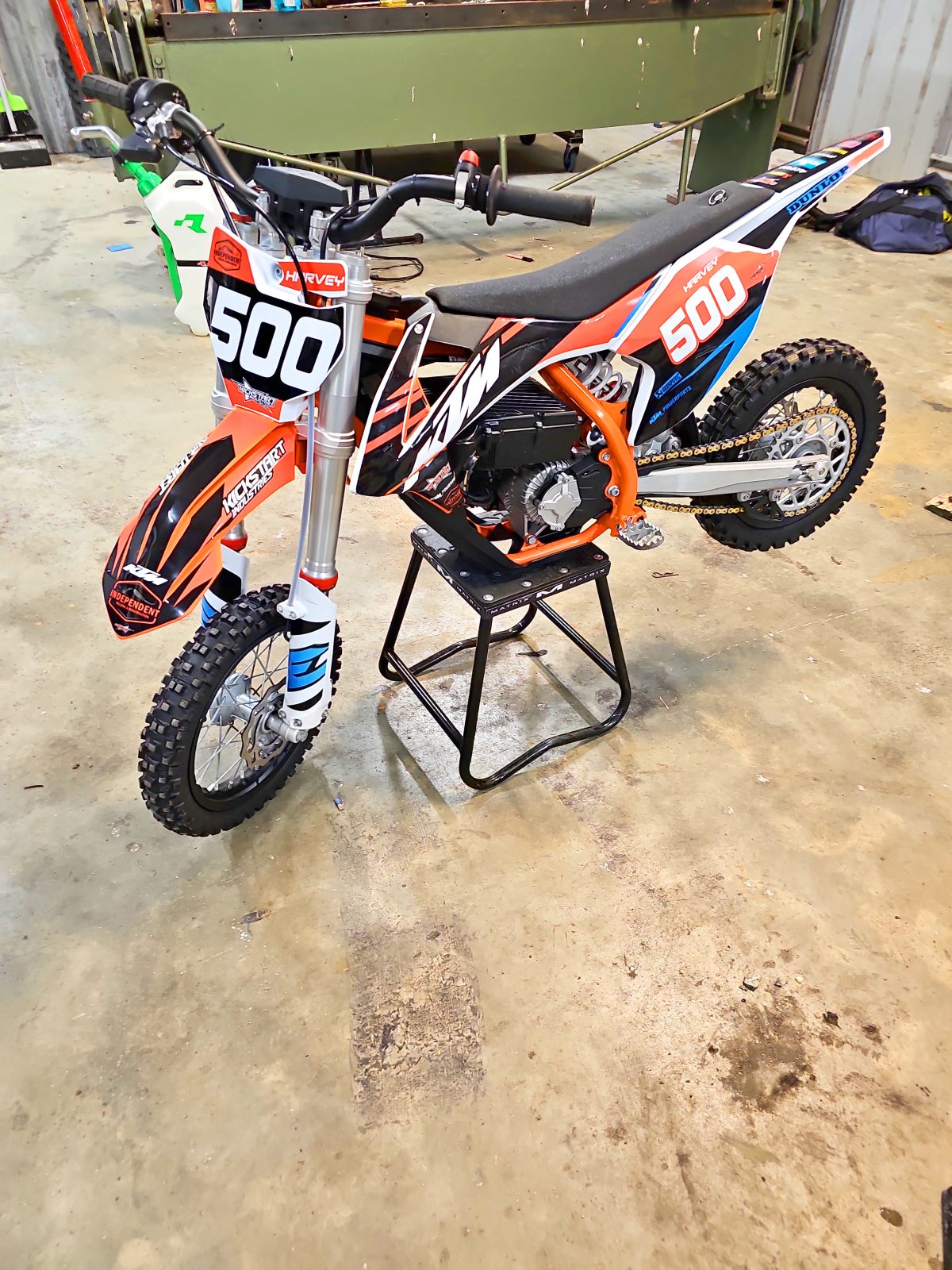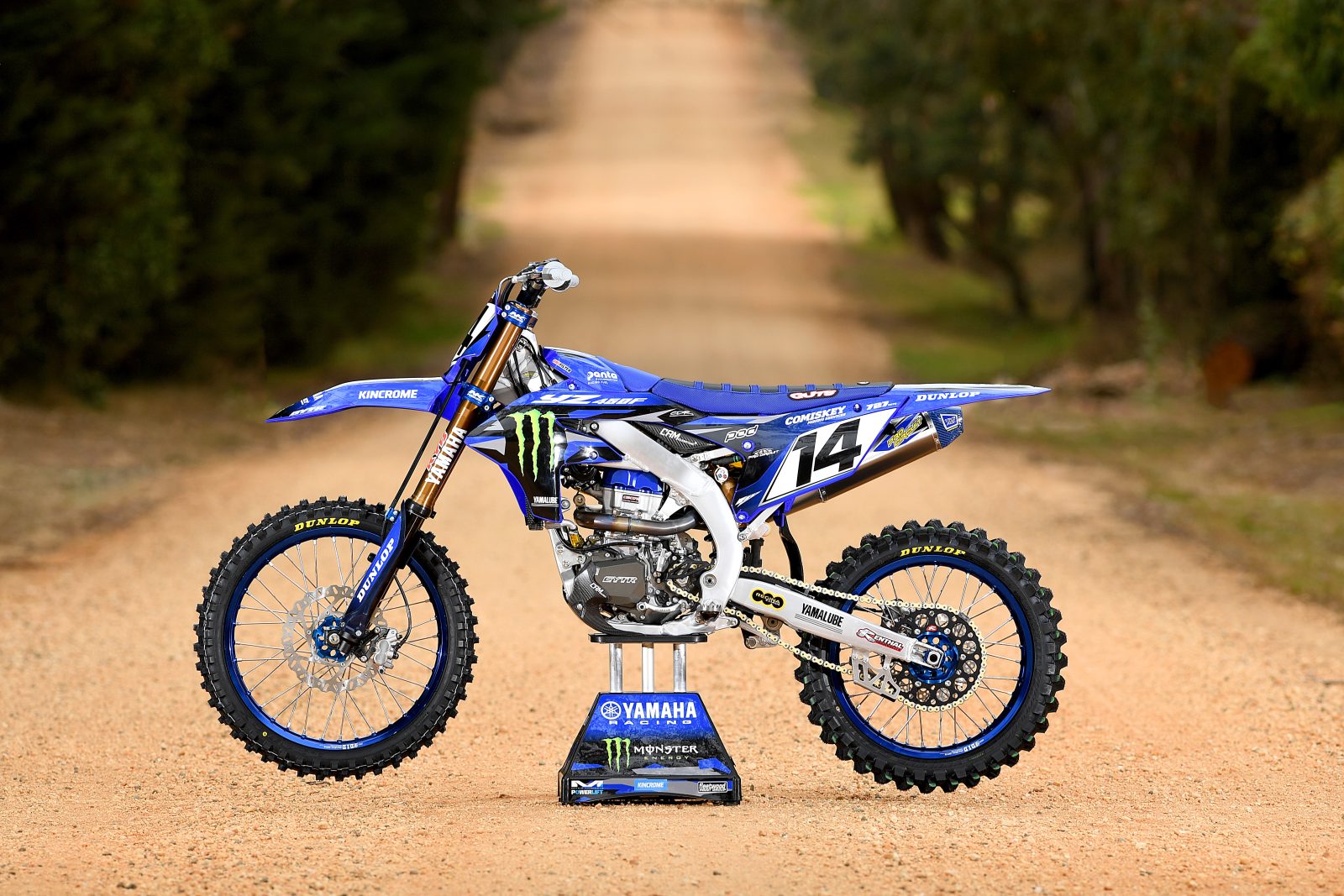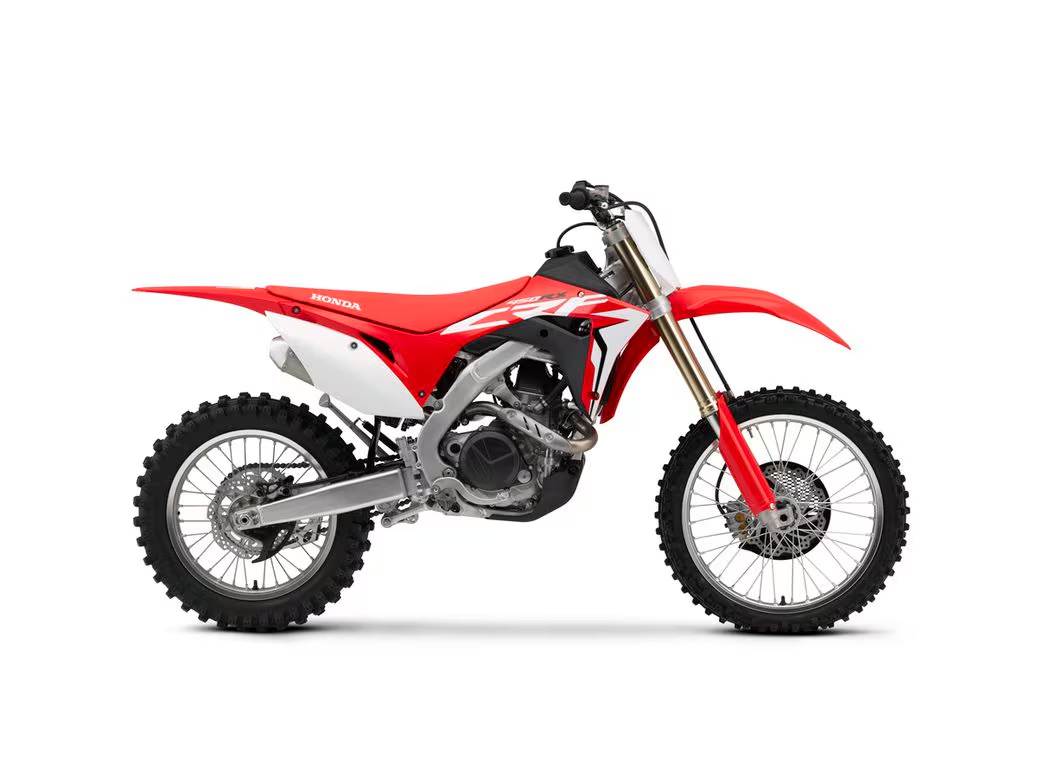Whether it’s the MX National-hosting Lakes motocross track in NSW or the infamous Glen Helen in the USA, the ability to confidently plunge at break-neck speeds can make the difference between winning or whining on race-day.
1.Commitment & Line selection
You must always be committed and carry your speed into the downhill. Keep your head up and look down the track towards the bottom of the hill. Looking ahead allows you to scan for smoother lines as well as defensive and passing lines.
Remember that the fastest lines around a motocross track are the straightest, shortest and smoothest lines so look for the line that will allow you to carry the most speed into the next obstacle in the shortest amount of time. Make sure to avoid large square edge braking bumps as they will fatigue your body quickly as well as adding unnecessary risk of crashing.
Running down the inside might not be the fastest line but it’s a great line to setup to out brake another rider into the turn or for a block pass but trying to pass down the outside could leave yourself open to another rider blocking you out into the turn.
2.Clicking gears – body position (attack) etc
You will want to be standing in the attack position with your knee’s slightly bent gripping the seat at the back of the tank, your back arched and your butt poking out to maximize the distance between your butt and the seat. Your head needs to be over the crossbar pad, elbows up and bent gripping the bike tight while allowing the bike to work in a see-saw type motion while your body stays straight up and down.
Try to pick a gear that will carry you down the hill without having to change, as shifting half way down a hill while hitting braking bumps can end in disaster. Remember to accelerate over the bumps so the bike will skip over the top of the them kind of like skimming a set of whoops. You can’t go through a set of whoops with no throttle. Your bike will handle much better if you keep your momentum up and accelerate through them.
3.Transition to braking zone – body position etc
As you start to enter your braking zone, start to shift your weight back a fraction by straightening your arms slightly and bringing your head back behind the bars. Remember to keep gripping the bike tight with your knee’s and try to avoid braking hard on large braking bumps.
Locking the rear wheel on braking bumps causes the back wheel to bite into the top of each bump then rebound off giving you an unpleasant ride. Always try to do your braking once you are over the last braking bump or use a slight amount of throttle on the bumps to keep the bike skipping over the bumps instead of biting into each one or slow before the bumps then accelerate over them.
4.On the anchors
Make sure you use both brakes together but remember, the most amount of stopping power comes from your front brake. Your back brake is more to stabilize the bike and stop the back from swapping out or from washing the front out.
When you apply both brakes together the back of the bike squats and puts downward pressure on both wheels forcing them into the ground for added traction. You can also use the engine to slow you down quickly by down shifting through the gears and using the engine brake to slow you without locking up the back wheel but this is most effective on 4 stroke motorcycles.
5.Setup for corner – timing braking to enter at perfect speed etc
Once you are over the last bump and have washed off enough speed to make the corner it’s time to attack the corner. Stay standing until your front wheel enters the berm as you have more control over the bike while in the standing position and enter the berm at the very start of the berm and follow it right around carrying all your speed that you just gained down the hill.
As this is a berm at the bottom of this hill you can carry a lot more speed into it than if it was a flat turn. Try picking a spot on the track like a tree or a tyre as your braking point then challenge your self by trying to out brake yourself each lap.
